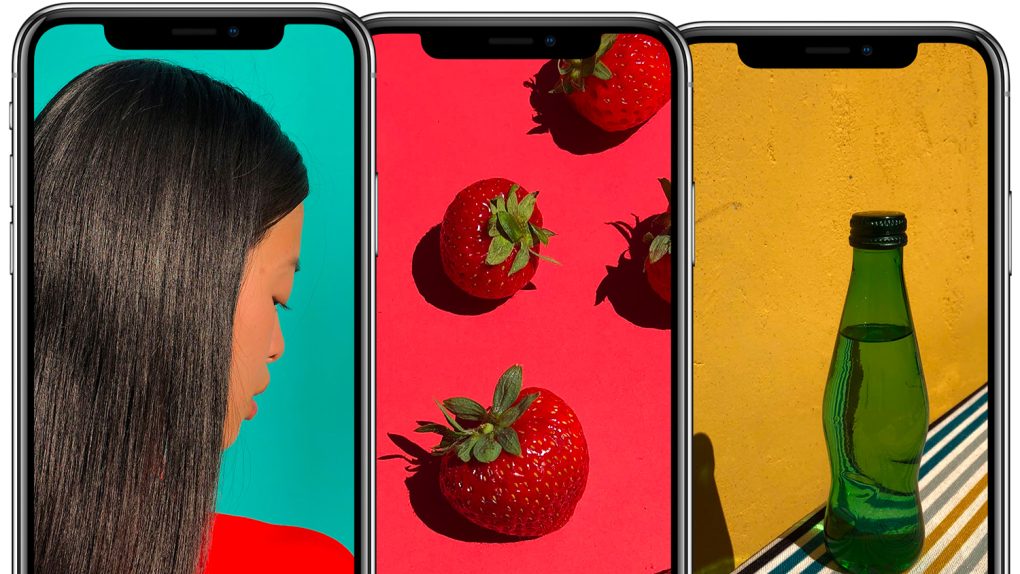Without question, the iPhone X is the most dramatic redesign in the iPhone’s 10-year history. After years of releasing indistinguishable smartphones with upgraded components, Apple finally took some risks by killing the home button, eliminating the bezels, and replacing Touch ID with an unfamiliar facial recognition system.
But now that the excitement over the design has dissipated somewhat, it’s time to take an objective, holistic look at the phone and decide whether or not Apple truly succeeded. Is the iPhone X really an improvement over the phones that came before it? Is it even better than its 2017 counterparts, the iPhone 8 and iPhone 8 Plus?
The answers to these questions are somewhat subjective, but on Friday, CNET shared the results of a battery life test which shows the iPhone X trailing behind both of the other 2017 iPhone models. Playing a video at half brightness on all three phones, the iPhone X died first at 11.45 hours. The iPhone 8 stayed alive for two more hours, finally dying at 13.5 hours, while the iPhone 8 Plus hung around for a few extra minutes before dying at 13.75 hours.
CNET notes that in everyday use, the battery life of the iPhone X seemed to fall between the iPhone 8 and iPhone 8 Plus, which is closer to what Apple estimates. But with its OLED display — which is brighter than an LCD display and requires more power to run — the iPhone X battery can take a beating with heavy use.
While this data is interesting in a vacuum, all three phones come up short when compared to other top flagships. In the same test, CNET found that both the Galaxy Note 8 and the OnePlus 5T ran for over 17 hours. iPhone battery life just isn’t impressive, no matter which model you choose. That said, if battery is an important factor in your purchasing decision, CNET’s test backs up the assertion that the iPhone 8 Plus is the longest-lasting iPhone.








